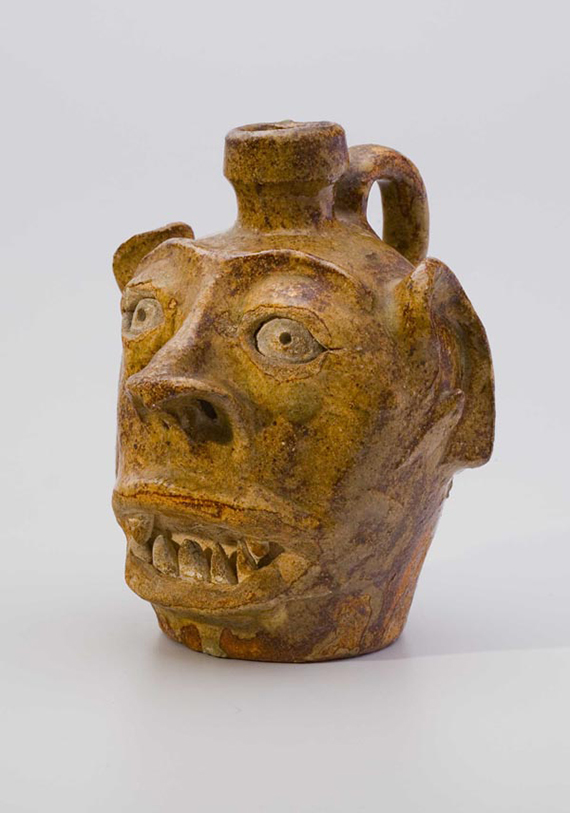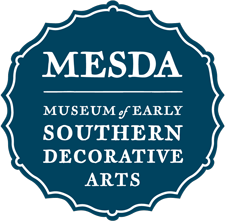“Black and White all Mix’d Together”: The Hidden Legacy of Enslaved Craftsmen

Enslaved black and free white craftsmen worked side by side across the southern landscape. Over the past thirty years researchers at MESDA have identified nearly 6500 slave-owning craftsmen. That they owned one or more slaves is among the most common things we know about an identified craftsman. Often anonymous, slaves owned by craftsmen were at work on building sites, at the potters’ wheels, in cabinet shops, at iron foundries, behind the counters of silversmiths’ shops, and at dozens of other trades. Their skills are revealed in the objects that they helped to fashion. Their identities are often lost to history.
A line in a legal document, or a brief mention in an advertisement is often all we know about an enslaved craftsman – but careful reading of period documents by MESDA researchers has identified nearly 3000 enslaved craftsmen by name. The exhibition “Black and White all Mix’d Together”: The Hidden Legacy of Enslaved Craftsmen looks at icons of southern decorative arts through the lens of research conducted by MESDA over the past thirty years. It recovers the stories of the many named and nameless individuals whose hidden hands shaped the southern landscape.
This exhibition was on view in the G. Wilson Douglas, Jr. Gallery of the Frank L. Horton Museum Center from April 15, 2008 to September 15, 2008.
